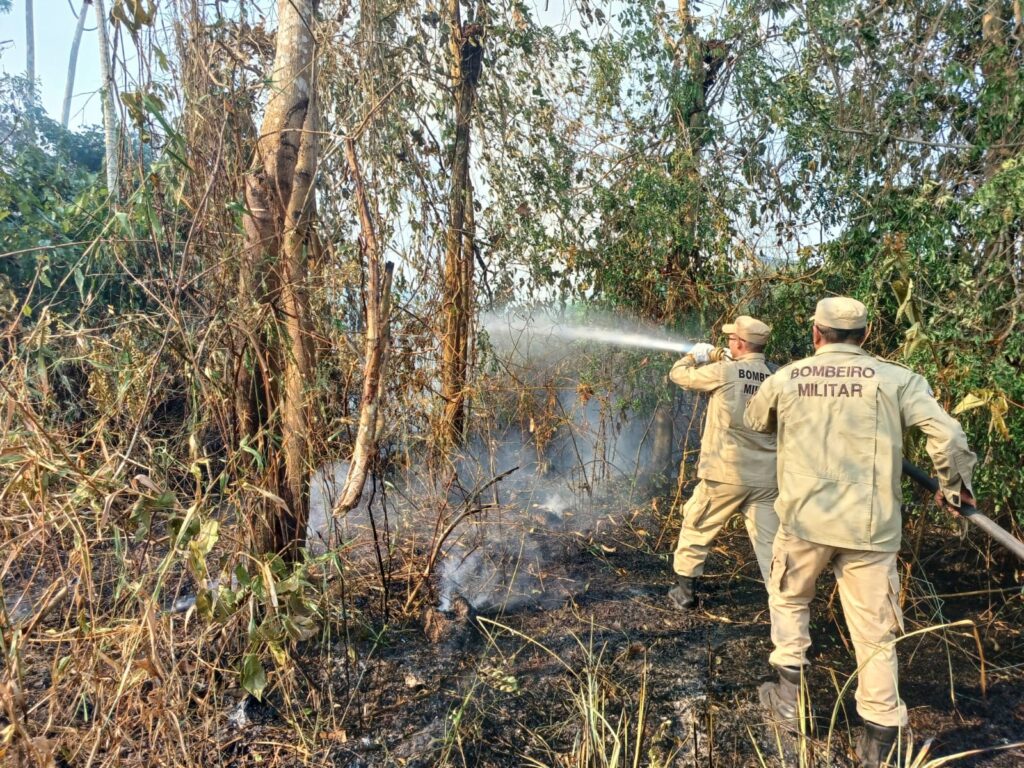São Paulo, Brazil – Humans encroaching upon the Atlantic Forest in southern Brazil are jeopardizing the way of life and causing drastic changes in the behavior of the few jaguars still living in the forest. This is the conclusion of monitoring carried out by the Instituto Manacá, a non-profit organization that works to conserve the Atlantic Forest.
The jaguar monitoring work is part of a large project called the “Serra do Mar Large Mammals Program.” The project verifies biodiversity conditions along 1.7 million hectares of the coastal mountain range forest in the states of São Paulo and Paraná and has the support of the NGO WWF-Brasil and the Fundação Grupo Boticário, a corporate institution that is part of Grupo Boticário, a Brazilian holding company focused on perfumery and cosmetics.
In addition to the felines, they study other large mammals that inhabit the area, such as tapirs and peccaries.
In Paraná, researchers work in a 6,500 square kilometer forested area, where they closely analyze 11 jaguars. To observe their behavior, the project uses camera traps — cameras camouflaged in the vegetation to detect and record the movement of animals in the forest. In addition, they observe tracks and interview residents of rural communities to assess the areas with the greatest potential to harbor the presence of the animals.
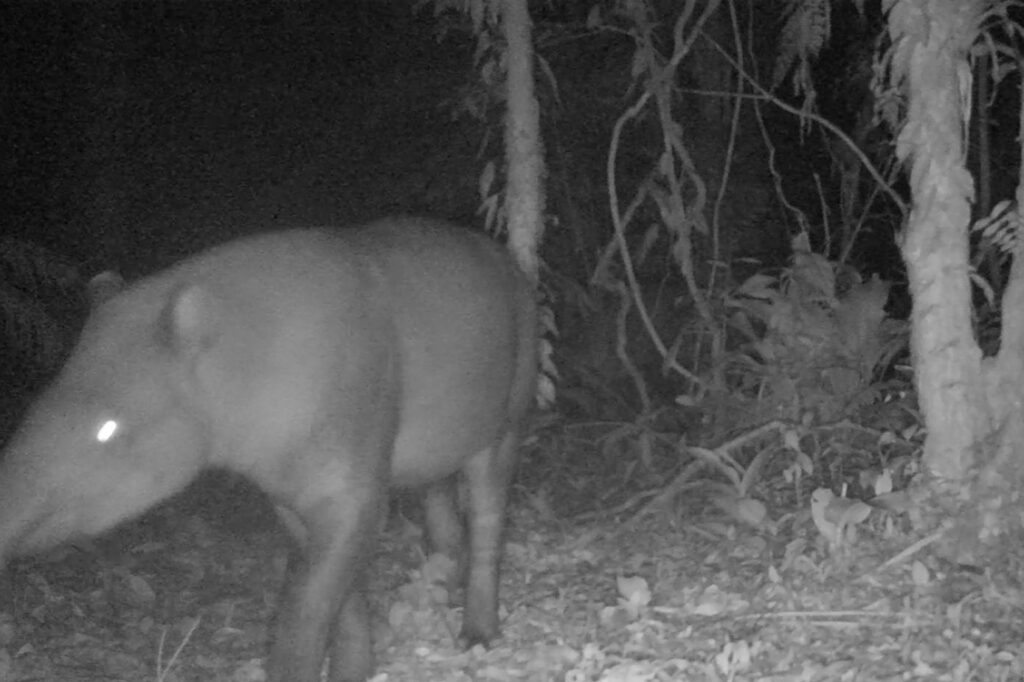
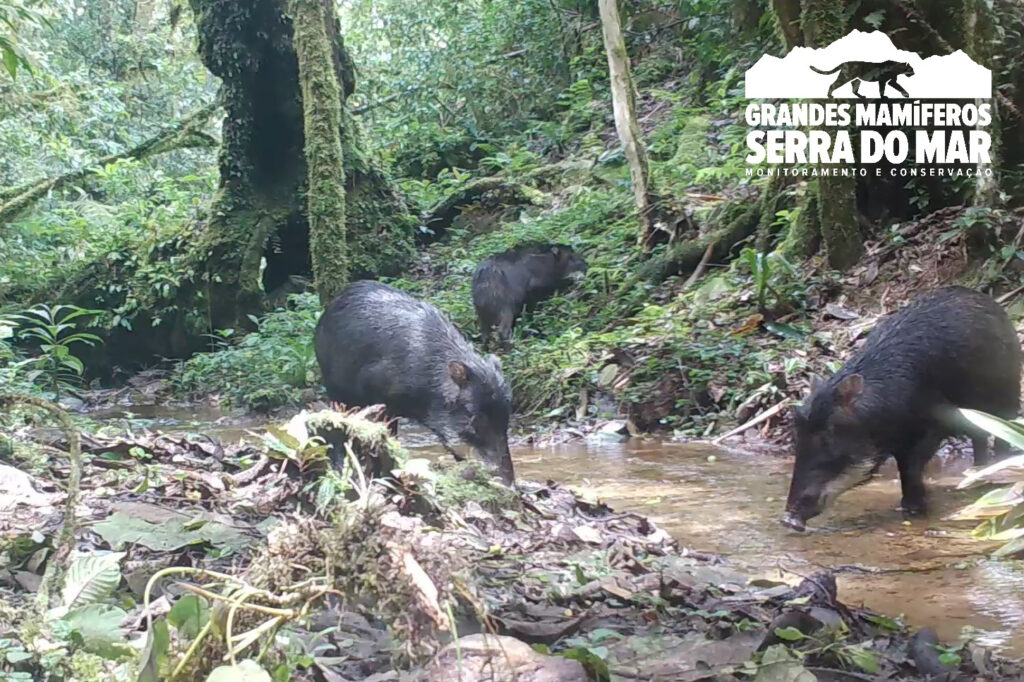
Through this program, researchers have real-time access to information about the distribution of large mammals and can identify population growth or decline rates for the species.
To better understand how the project functions, Brazil Reports spoke with biologist Roberto Fusco, a postdoctoral researcher in ecology and conservation at the Universidade Federal do Paraná, a member of the Network of Nature Conservation Experts (RECN), and coordinator of the large mammals program from Serra do Mar.
He said that the program officially began in 2020, based on a series of actions that the research group had already been carrying out in previous years, but on a very small scale.
At that time, the group realized that it would be necessary to expand the monitoring range to accompany the movements of the animals, which depend on a very large area to survive. From then on, the program established the current coverage area.

“We sought to design large-scale monitoring with camera trapping, which is the most suitable technique for monitoring these species. Everything with scientific support, scientific methodology, to be able to produce these biodiversity indicators, which is practically evaluating the situation of these species over time, whether they are decreasing or increasing,” said Dr. Fusco.
One of the conclusions made by researchers from the observations is that jaguars are occupying few areas and in increasingly remote locations, as human presence approaches their territories. According to Dr. Fusco, one of the greatest pressures suffered by these felines comes from illegal hunting against jaguar prey, such as armadillos, in addition to the removal of natural resources that the forest offers to these animals.
“Theoretically, you cannot hunt wild animals. Especially those threatened with extinction,” he said. “But this occurs illegally, as does the extraction palm heart, which is heavily extracted. It is taken from the forest illegally, which is a food source for the species. And the hunting pressure is also associated with this human occupation.”
The researcher said that the monitoring area is located in a large forest remnant, but also located near highly populated urban areas, including the cities of Curitiba and São Paulo. “This is one more source of pressure,” he added.
According to researchers, humans encroaching on territory has led to changes in the jaguars’ behavior. Faced with food scarcity, they have started to go to higher and more remote places on the mountain, where access is difficult and consequently, there is less predatory hunting as well.
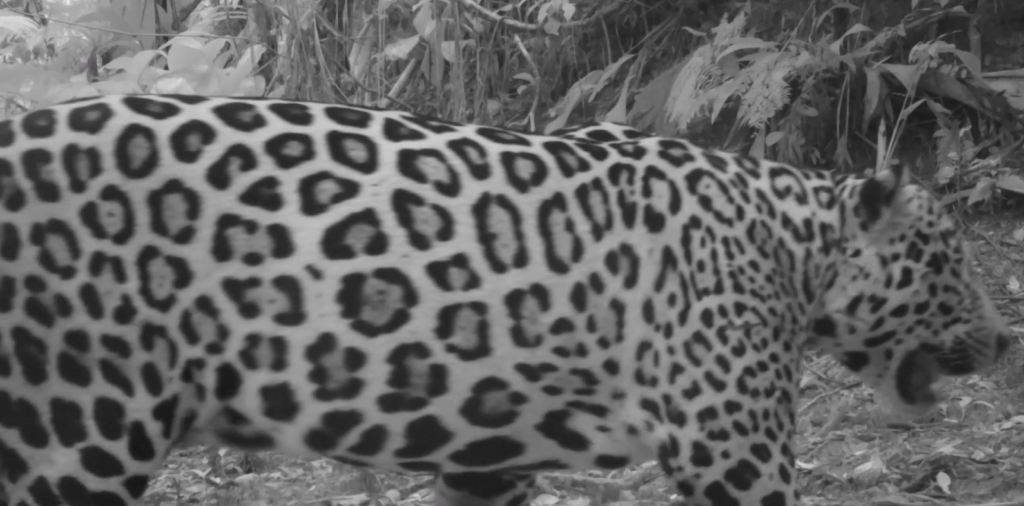
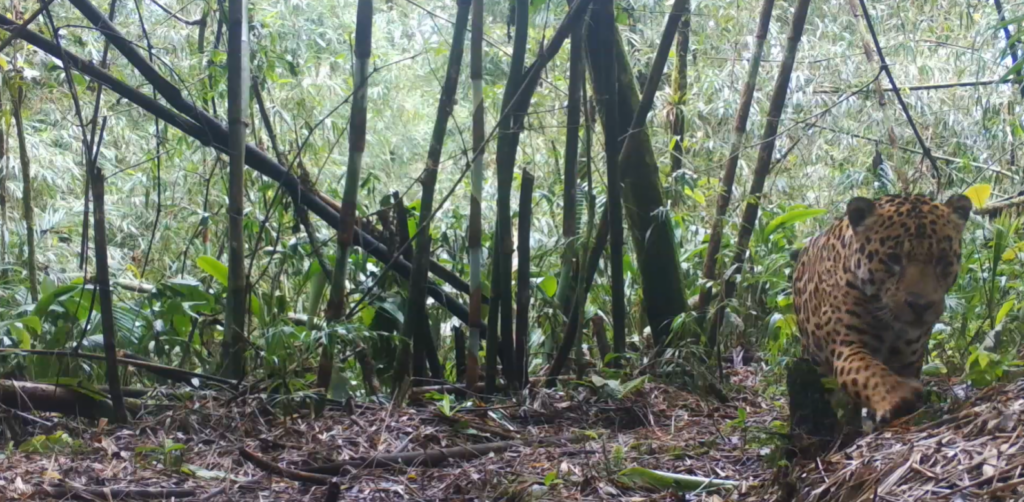

(Courtesy of Serra do Mar Large Mammals Program)
Today, the “Serra do Mar Large Mammals Program” follows the footsteps of the 11 jaguars that still live in the monitored region. According to Dr. Fusco, these animals were identified between 2018 and 2023. Researchers say that the group includes males, females, and cubs, all recognized by the pattern of spots on their fur, their “fingerprint.”
The Atlantic Forest is one of six biomes found within Brazil’s territory. It is an area of forests, mangroves, restinga vegetation, altitude fields, and wetlands, covering a good part of the country’s Atlantic coast, stretching across 17 states, from south to northeast, in an area of 1.3 million square kilometers. The Atlantic Forest is home to 270 different species of mammals, 200 reptiles, 370 amphibians, 350 fish, 850 birds, and 20,000 plant species.
The jaguar is the largest feline in the Americas and the third largest in the world, following the tiger and the lion. Historically, this species roamed across the Americas, from the southwestern United States to Argentina. However, it is now officially extinct in the United States and very rare in Mexico. In other Latin American countries, the jaguar can still be found, with Brazil home to the largest population of this majestic animal.
In the fragments of the Brazilian Atlantic Forest, there are about 250 individuals, according to the International Union for Conservation of Nature (IUCN).
Outside the Atlantic Forest, jaguars also live in the Cerrado and Caatinga, where the species is also threatened with extinction, as well as in the Pantanal and the Amazon, a region in which a study published in the journal Nature last year estimated the presence of more than 26,000 of these animals.
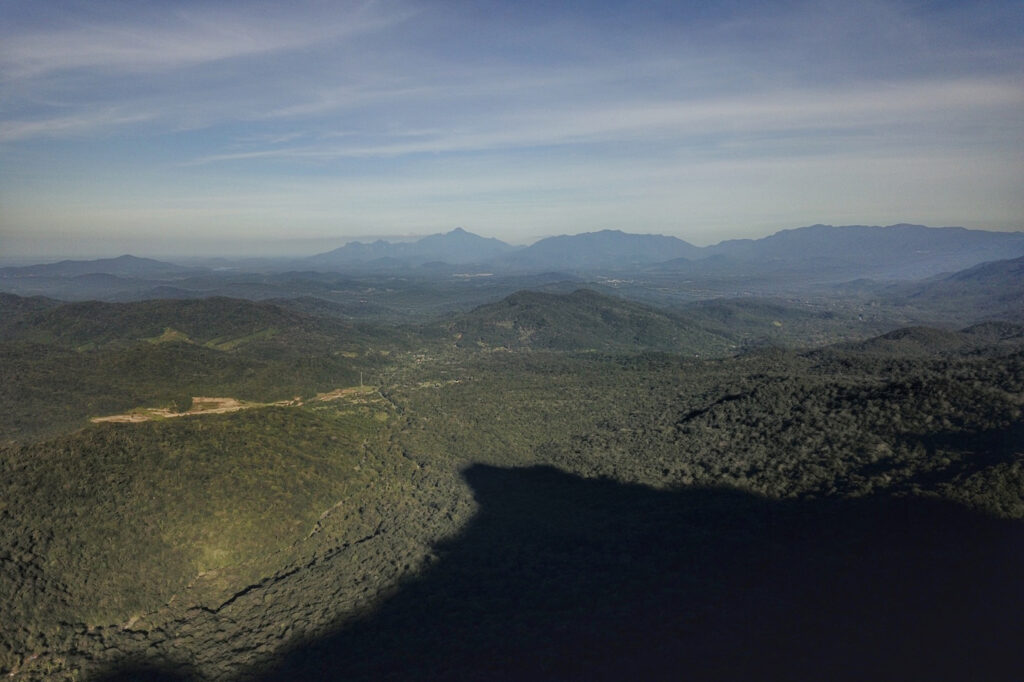
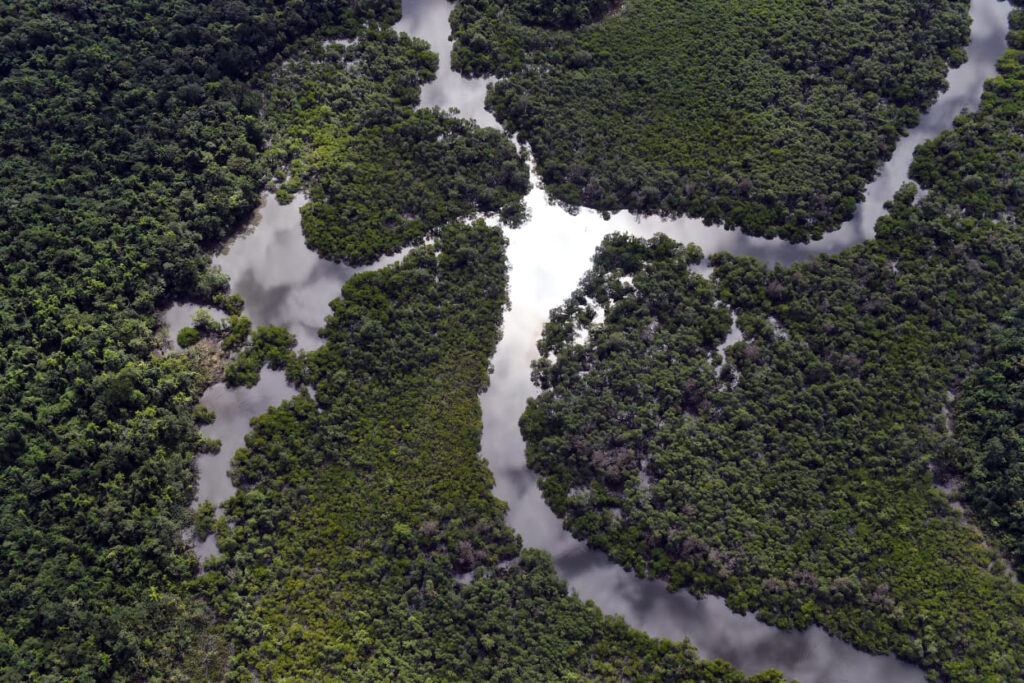
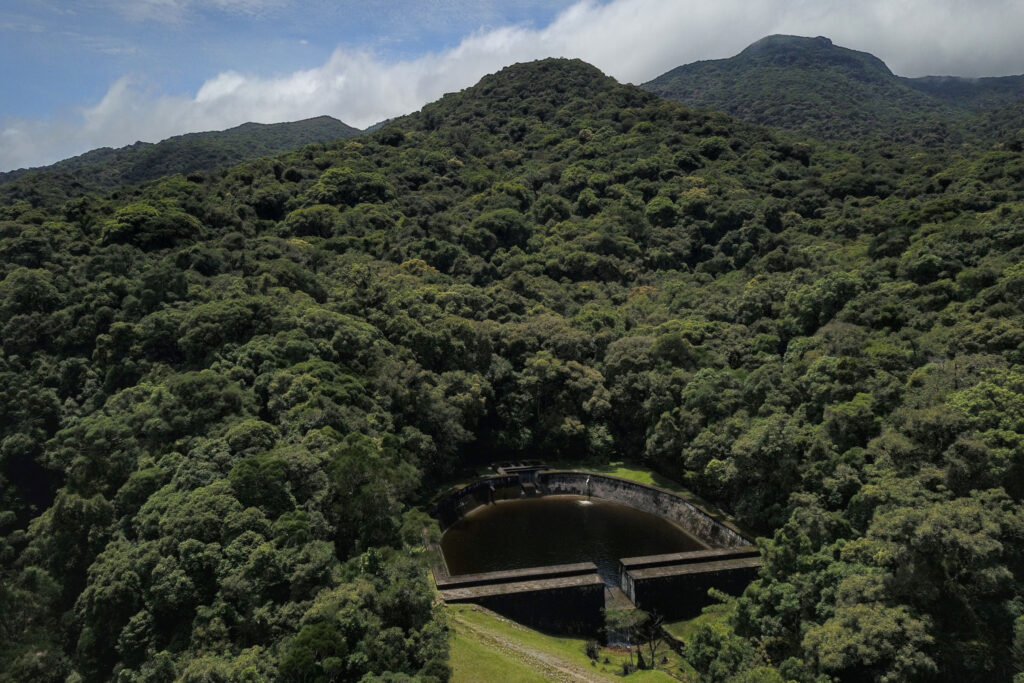
(José Fernando Ogura / Paraná State News Agency)





